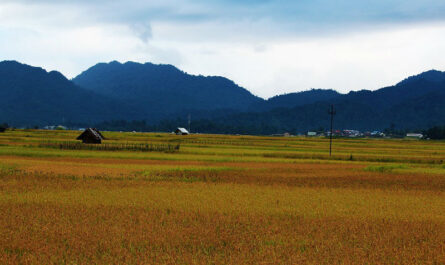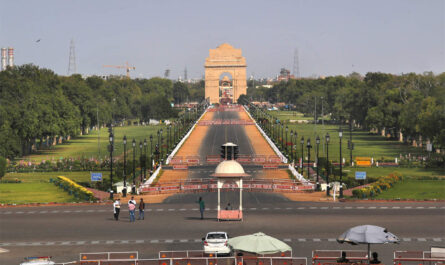Srirangam Temple
Srirangam is the first of Lord Vishnu’s eight self-manifested temples (Swayam Vyakta Kshetras). It is also the first, primary, and most significant of the 108 major Vishnu temples (Divyadesams). Thiruvaranga Tirupati is also known as Periyakoil, Bhoologa Vaikundam, and Bhogamandabam. The name “KOIL” exclusively refers to this temple in Vaishnava jargon. The temple is massive in scale. The temple complex covers 156 acres. There are seven prakaras, or enclosures, in all. The tall and massive rampart walls that surround the sanctuary constitute these enclosures. All prakaras have 21 beautiful towers that provide a one-of-a-kind spectacle to any visitor. this temple lies on an islet formed by the twin rivers Cauvery and Coleroon.
The Sri Ranganathaswamy Temple is a Hindu temple in Srirangam, Tiruchirapalli, Tamil Nadu, India, dedicated to Ranganatha, a form of the Supreme God Maha Vishnu. The temple, built in the Dravidian architectural style, is praised by Alvars in their Divya Prabhanda and holds the distinction of being the first of 108 Divya Desams devoted to Vishnu, the Supreme God.
It is one of South India’s most renowned Vaishnava temples, steeped in tradition and history. Starting with Ramanuja’s 11th-century career at Srirangam and his predecessors Nathamuni and Yamunacharya, the temple has played a vital part in Vaishnavism history. Its position on an island between the Kollidam and Kaveri rivers has made it vulnerable to flooding as well as invading armies, which have used the place for military encampment on several occasions. During a large plunder assault on many cities of the Pandyan empire in the early 14th century, the temple was stolen and destroyed by the Delhi Sultanate troops.
The temple was restored in the late 14th century, and the site was fortified and extended in the 16th and 17th centuries with several additional Gopurams. It was one of the early Bhakti movement’s epicentres, with a devotional singing and dancing culture that died out in the 14th century and was only partially restored decades later.
Stay visited to chaloghumane.com for all religious tours information.






